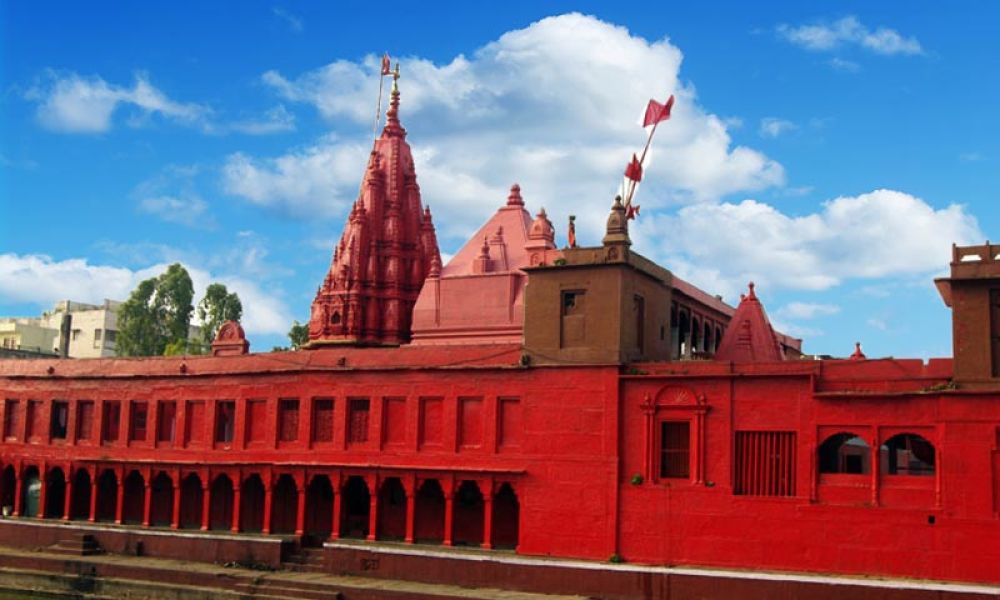

The Durga Temple, also known as the Monkey Temple, is one of the most famous temples located in the sacred city of Varanasi, Uttar Pradesh, India. Dedicated to Goddess Durga, the temple is believed to have been built in the 18th century by a Bengali Maharani. According to popular belief, the idol of Goddess Durga in the temple is not man-made but appeared on its own (self-manifested). The temple has a multi-tiered spire that resembles the traditional Nagara style of architecture and is stained red with ochre, which represents both the color of devotion and the goddess.
Varanasi, often referred to as Benaras or Kashi, is among the oldest continuously inhabited cities in the world and has been a cultural and religious hub in North India for several thousands of years. The city has always attracted pilgrims and travelers from across India and around the globe, seeking spiritual enlightenment, knowledge, and liberation.
Historically, tourism in Varanasi peaked during various religious festivals, such as Shivaratri or the Ganga Festival, when thousands of pilgrims descend upon the city. The ancient scriptures, historical texts, and travelogues written by foreign travelers like Xuanzang and Mark Twain enhanced its reputation as a unique travel destination.
The city's ghats, temples, and the serene flow of the River Ganges have been major attractions for centuries. The tourism industry in Varanasi further developed with the expansion of the railway network during the British Raj, making travel to this sacred city easier and more affordable.
With the rise of digital media and the ease of online booking, the tourism industry in Varanasi has seen a transformation. Traditional religious tourism is now complemented by experiential travel and wellness tourism. Visitors seek yoga retreats, spiritual sessions, and cultural immersion experiences.
Eco-tourism is gaining popularity as visitors become more environmentally conscious. Efforts are being made to clean up the Ganges and promote sustainable practices.
Technological advancements have also enabled virtual reality tours and online darshans, catering to those unable to visit in person. The Indian government's push towards enhancing tourist infrastructure under schemes like the PRASAD (Pilgrimage Rejuvenation and Spiritual Augmentation Drive) has greatly contributed to making Varanasi an even more appealing destination.
Additionally, the drive for promoting Varanasi as a smart city has not only eased the way for tourists in terms of connectivity and modern amenities but also maintained the spiritual ambiance that this ancient city is revered for. The convergence of traditional pilgrimage with modern tourism trends has brought a new era of travel experiences to Varanasi, making it a must-visit destination for a wide range of travelers.